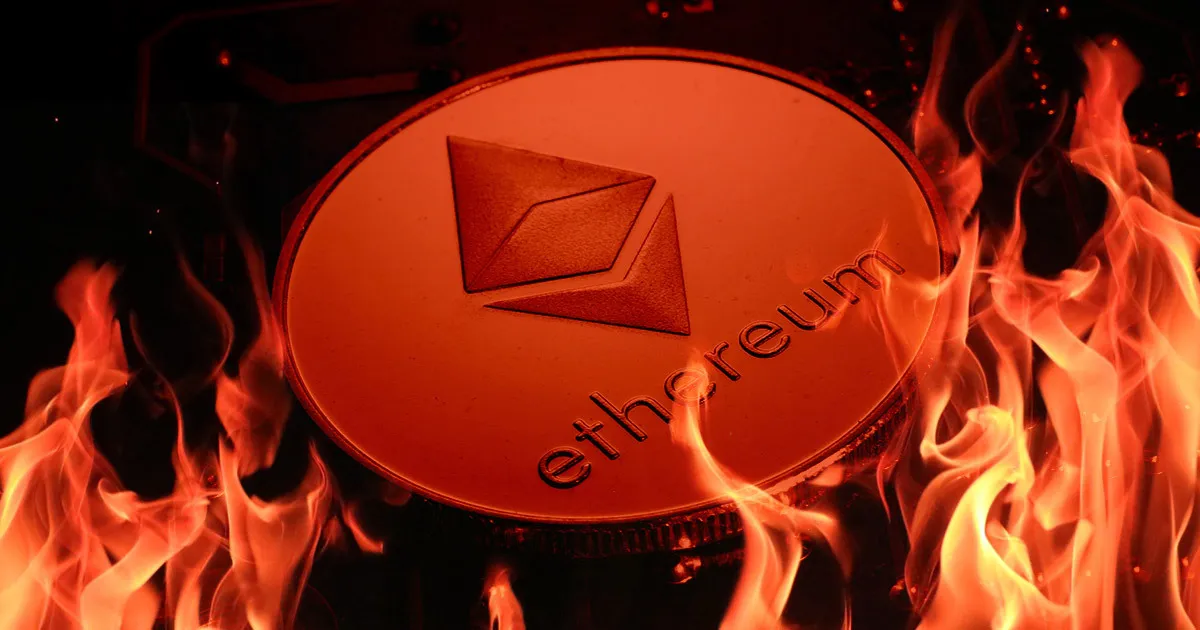When the “EIP-1559” upgrade was once delivered to Ethereum final month, it was once supposed to slow the increase charge of Ethereum supply.
But over the past 48 hours, the grant of Ethereum hasn't grown at all, it's been shrinking due to the constant burning.
Ethereum has burned greater of its cash on the community than it has been minted over the previous 24 hours, which potential there is less Ether accessible nowadays than there was yesterday.
Ethereum experts believe this is the first time this has happened.
The “EIP-1559” improve was once a proposed coding trade to Ethereum that allowed block sizes to be multiplied so that extra transactions should be despatched throughout the network.
The Ethereum network has suffered from congestion thanks to the popularity of NFT and decentralized finance purposes such as the Aave lending protocol and Uniswap decentralized buying and selling platform, as these equipment use restricted community resources.
Part of the idea was once to charge a base fee for every transaction.
Instead of persevering with to pay charges to miners who validate community transactions, the underlying rate will be burned (i.e. taken out of circulation via sending it to an inaccessible wallet).
The thought was once to decrease the complete furnish of Ethereum, and not like Bitcoin, Ethereum does now not have a last cap.
As a result, the price of Ethereum will theoretically increase as a result of the demand.
While EIP-1559 reduces the rate at which the furnish of Ethereum is growing, it does now not necessarily reduce the furnish of Ethereum.
This is because, with each and every block produced, miners can still maintain the newly minted Ethereum.
As long as the amount of freshly mined ETH is above the burnt core fee, the usual furnish of Ethereum increases.
But that is no longer the case, at least in the past 24 hours.
In the 24-hour length spanning Thursday and Friday, provide boom grew to become negative.
13,000 ETH was once burned which is extra than 12,500 ETH that was issued to miners.
This can appear when the underlying charge is revised upward during durations of high demand for Ethereum transactions.
Meaning, when the activity of decentralized finance transactions and non-fungible tokens increases, charges rise, a massive phase of which is burned, which contributes to an extend in burned digital currencies at the cost of digital coins.
This is the first example of Ethereum turning into deflation, Scott Lewis, co-founder of DeFi Pulse told.
Since the code change went into impact on August 5, more than 190,000 ETH has been burned, according to the Ultrasound Money website.

